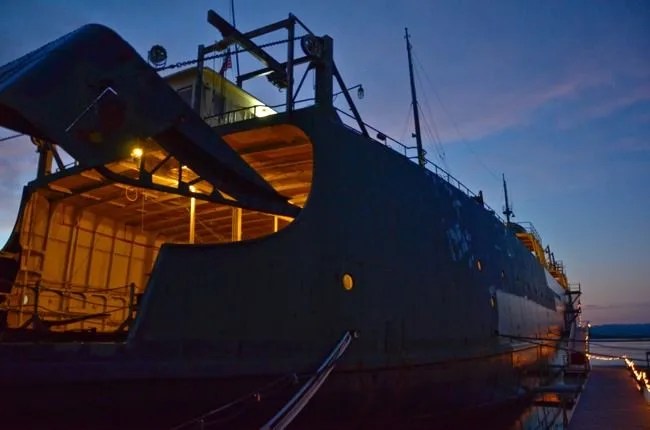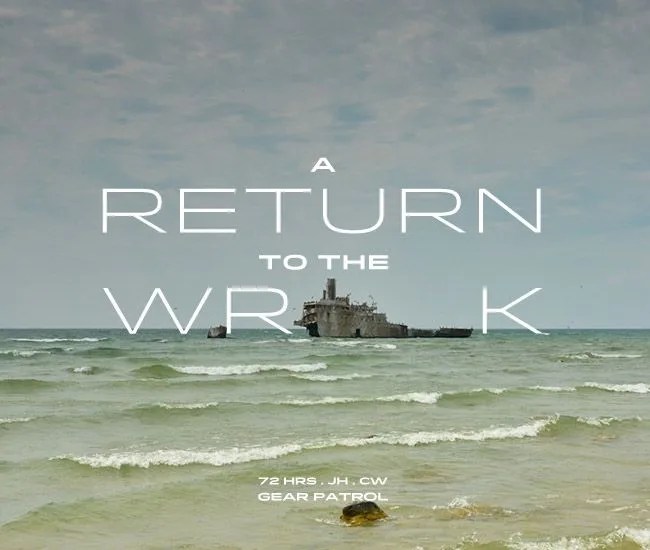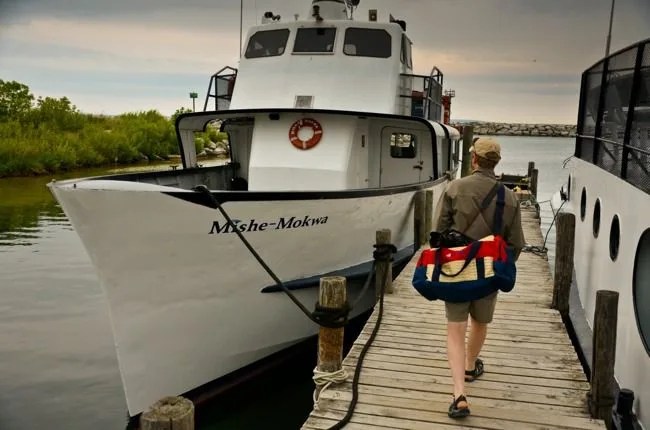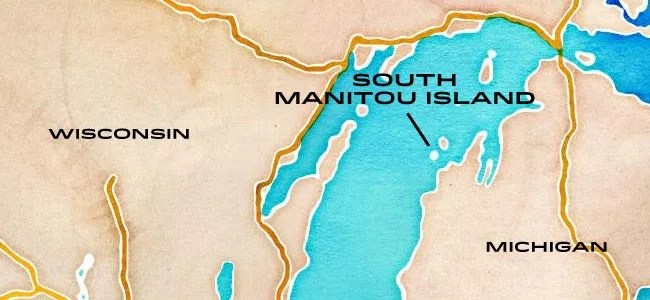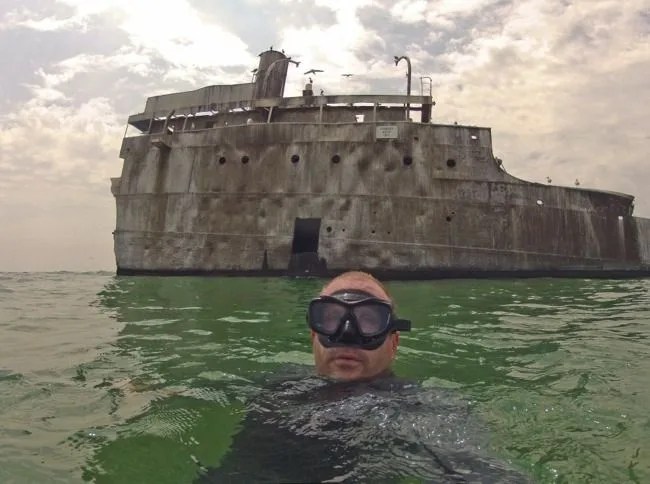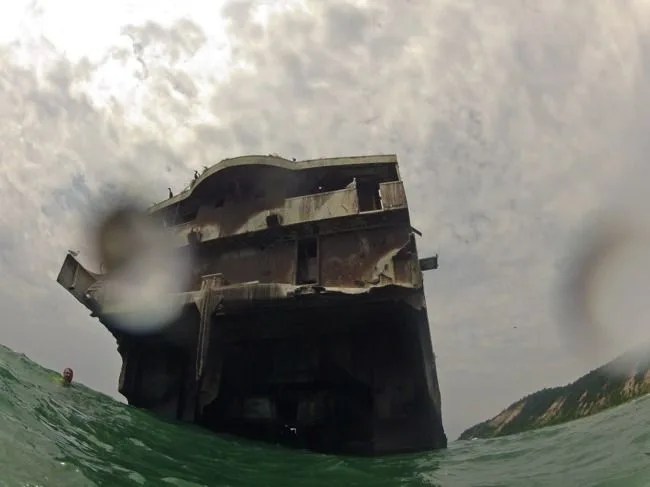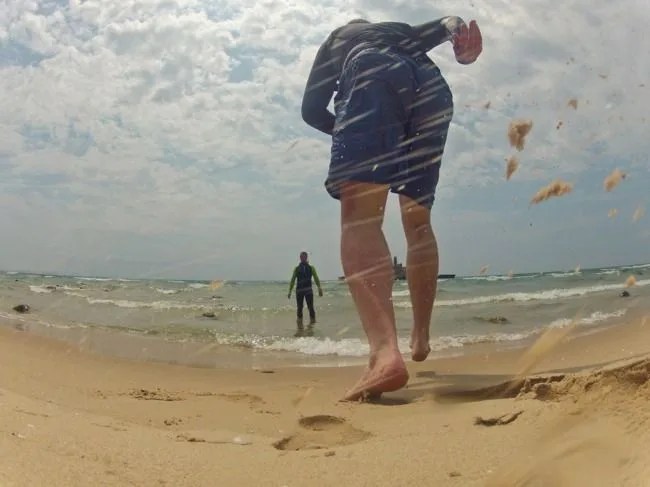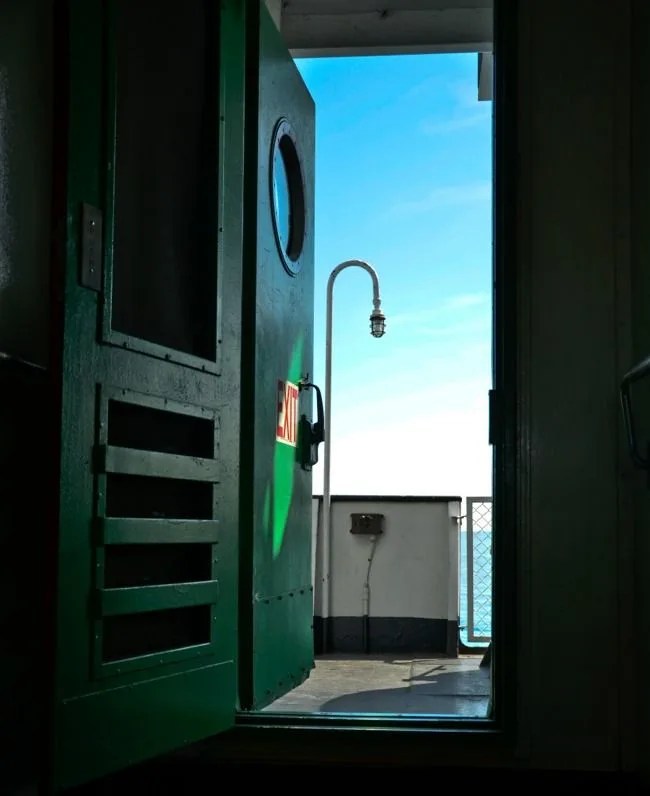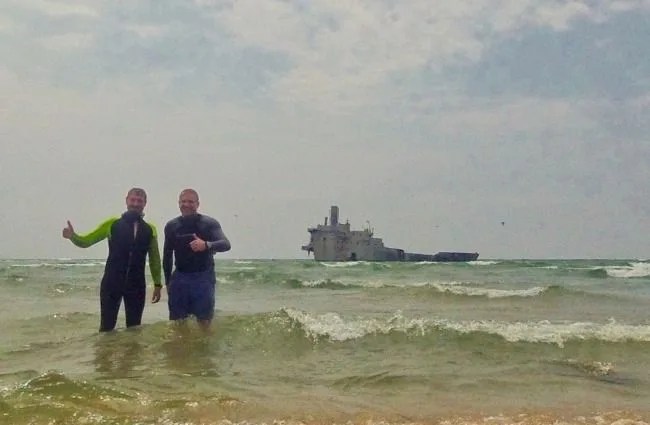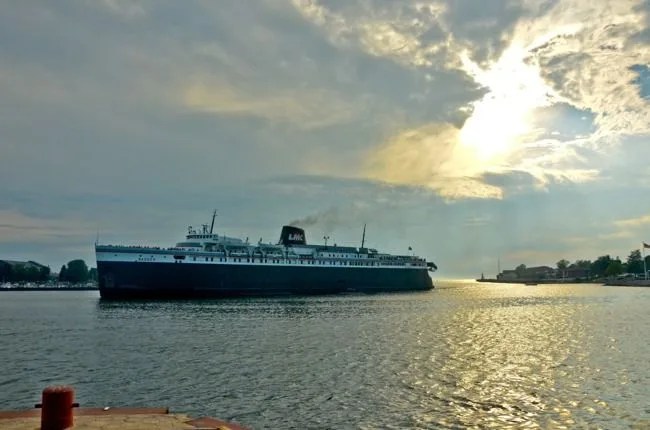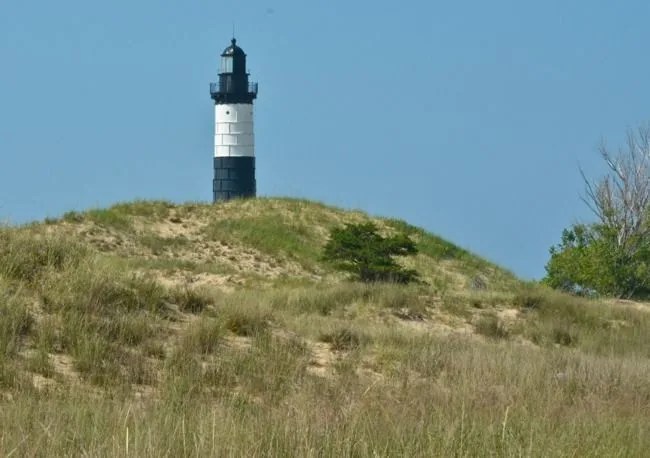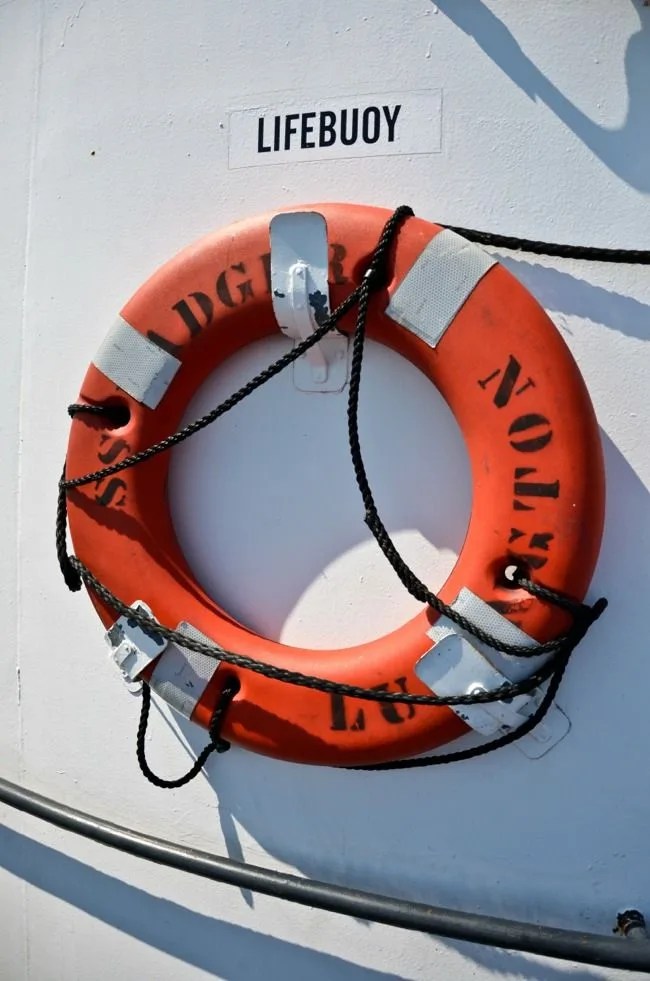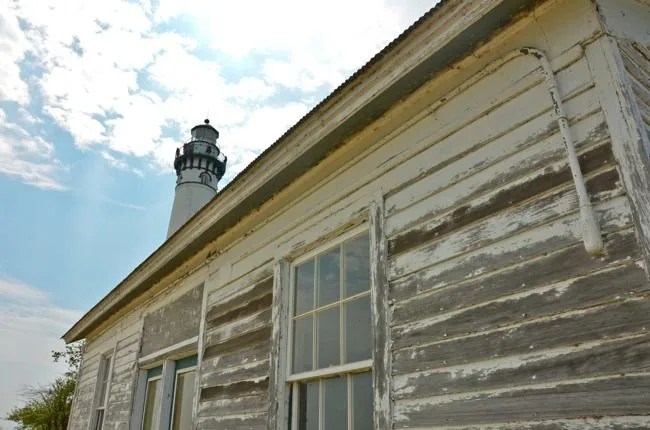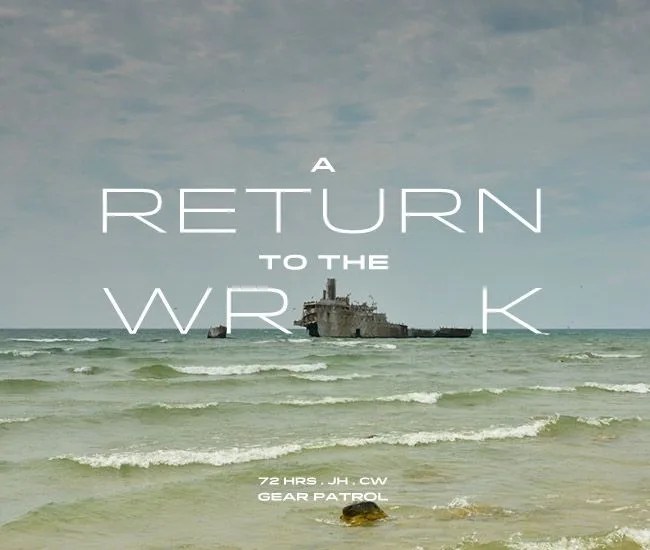 JH & Christopher Winters
JH & Christopher WintersThe wreck of the Francisco Morazan lies 300 yards off the southeast coast of Michigan’s South Manitou Island. Most of her torn bulk rises out of Lake Michigan, home to a loud and smelly community of gulls and cormorants. From the beach, the wreck looks tantalizingly close until your bare feet touch the icy water and you see the waves pummeling her seaward side. On a calm day, the swim takes only a few minutes, but to get here requires a bit more — a 90 minute ferry ride from the mainland, another hour of hiking across the uninhabited island and a scramble down a steep, sandy slope.
When I was first here, 20 years ago, it was with my best friend, Chris. For us both, swimming to the Morazan represented the height of adventure, a rite of passage at a time when we were just embarking on adulthood. We returned this past summer to relive the adventure — and while so much had changed in both of our lives, I still felt the trepidation well up inside of me just as it had done 20 years before.
Our story continues after the jump.
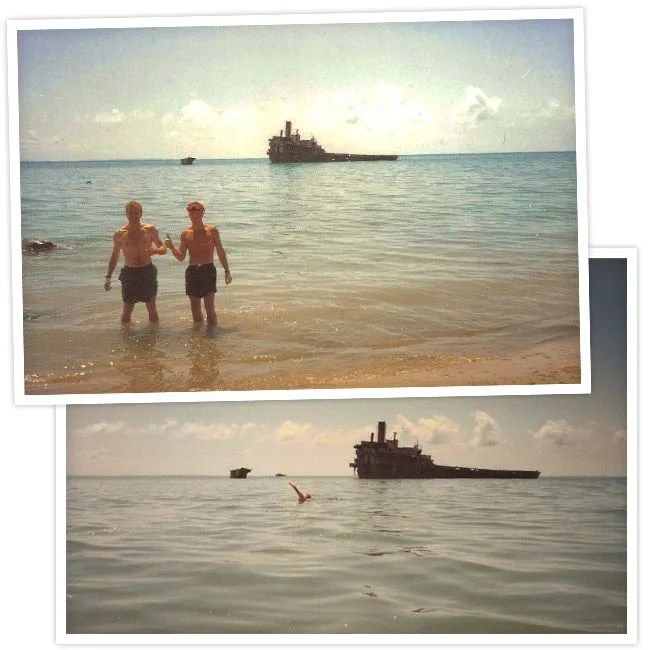
Barely past 20 years of age in 1992, I was finishing college in Minneapolis and trying to figure out if writing poetry and roasting coffee qualified as a viable career choice. A friend from high school, Chris, was a kindred spirit, both of us romantics and dreamers with a shared a love for tales of polar exploration, astronauts and Jack Kerouac. Chris was a bit of a shipwreck nut and had read about this half-submerged wreck off the coast of an island in Michigan. His proposal of a road trip seemed like the perfect adventure to stave off adulthood just a little longer. We set off in August of that year, dressed in matching photojournalist’s vests, my Honda Civic loaded down with camping gear.
After picking up Chris in Milwaukee, we drove through the Chicago snarl, around the bottom of the lake and then due north up the forested west coast of Michigan’s mitten. We reached Sleeping Bear Dunes by dusk, set up our tent in a state forest campground and slept, the real adventure to start early the next morning. By 7 o’clock, after coffee, we aimed the Civic still farther north, to the tiny town of Leland, a freshwater version of so many old fishing villages in New England.
